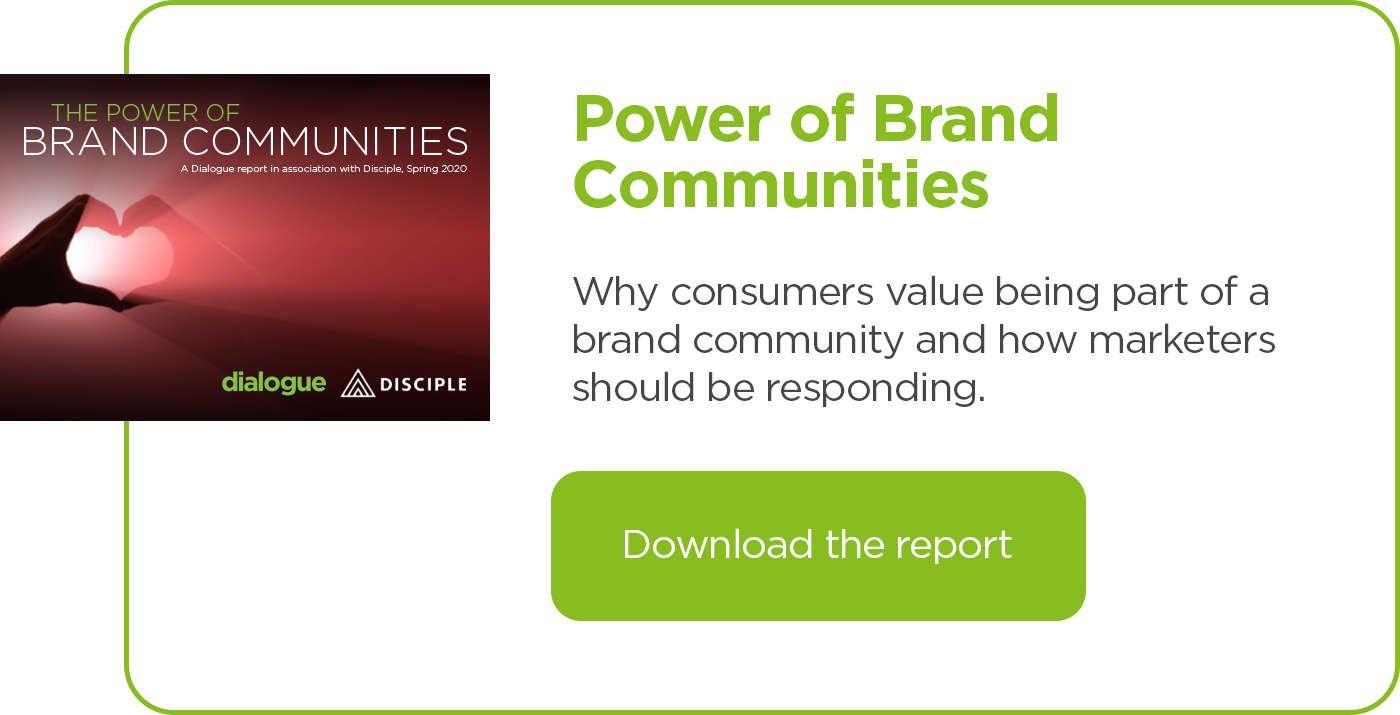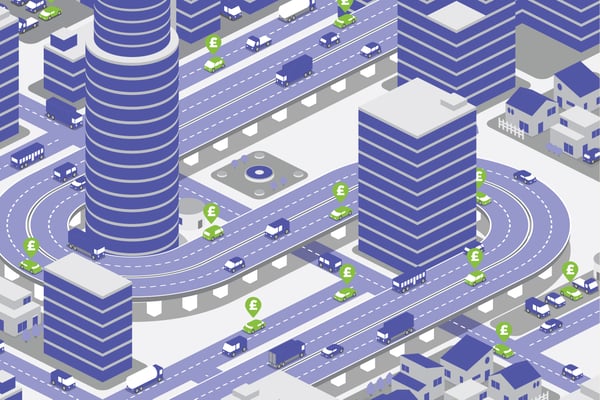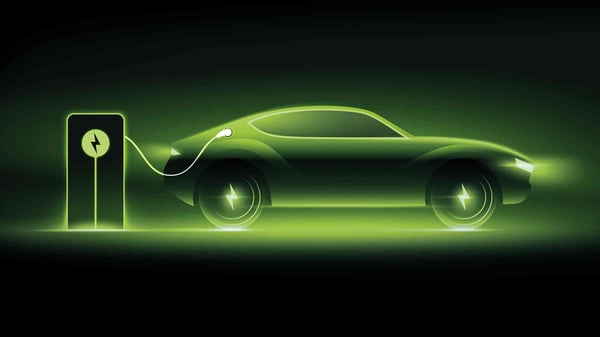
How to create a brand community: Set up and success
Howard,
-
DOWNLOAD
Your Content Marketing Checklist >

-
FIND OUT MORE
Our High-Quality Report Design Service >

-
REQUEST TODAY
A Free Content Consultation >

The changing face of a brand community
The advent of social media has helped revolutionise the notion of a ‘brand community’; a group of like-minded people who form an attachment to a brand or product.
Ultimately, this is the Holy Grail for brands as it enables them insight into and connection with people who can be their most keen and valuable clients.
The benefits are well-known: 86% of Fortune 500 companies report communities provide insight into customer needs; 96% of companies see the value that customer collaboration provides for marketing.
But our research has also shown that communities also engender loyalty, over a third (37%) of consumers would be more likely to stick with a brand rather than switch to a rival. This rises to 51% of those aged 16-24 year-olds and 50% of those aged 25-34 years old.
Prior to social media, few brands excelled in this area as audiences were dispersed – and in general any sense of community had to rely on experiential activities where users could meet. It’s easy to see therefore how certain types of brands like Nike could foster these types of activity.
It’s something that automotive brands have excelled at through their membership programmes. Since the 1980s, the H.O.G. members’ community (people who own or simply love Harley-Davidson) is a way of life. Now more than 1 million members connect on and offline, each of its 100+ country groups call themselves ‘family’ and take part in unique events, contribute to magazines, websites and newsletters as well as customising their bikes. Learn more about the integrated content strategy for Harley Owners Group.
However, creating a successful and enduring brand community is not straightforward. Research conducted by reinvention company Jackman as part of their Human Insights Study found that there are a number of common pitfalls brands may encounter, and it's important to consider the unique traits and needs of the community you are hoping to serve.
How to create a genuine community
Shared experience is the foundation of a genuine community and for any brand there is a fantastic possibility to sit at the heart of this and become the prime initiator.
However, it can be argued social media is increasingly problematic in nurturing such activity as it’s started to become a ‘catch all’ and doesn’t allow for the nuances required in communicating with and targeting different audiences within the community.
For some brands like Gucci, the number one luxury brand on social media, the messages are simple, both diehards and interested parties can be wooed or retained by creating exciting social media campaigns – as they have done in recent years as well as a diversity in products which have attracted a new millennial audience.
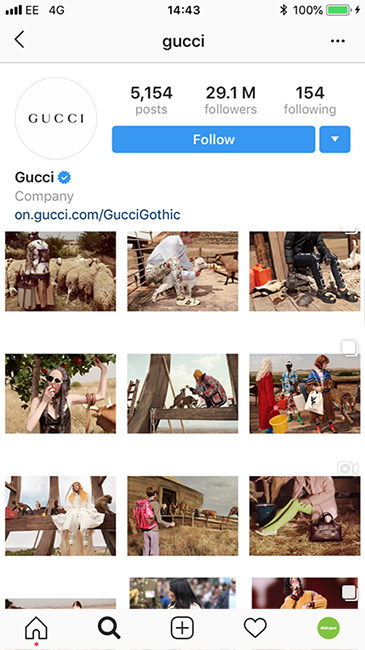
But for other brands, there’s a difference between the messages and tactics needed to attract new clients versus retaining the diehards – as with the car and motorbike industry. Both new and existing clients may enjoy images of new models, but existing and diehard clients have different priorities – hanging out with fellow members, customer service or customisation.
What’s changed is social media and how users are engaging with it. Content creation by brands and users has grown exponentially and sharing of content on social media has halved since 2015 – this is being called ‘content shock’. According to BuzzSumo Content Trends Report 2018, Facebook algorithm changes mean content isn’t being seen – only 5% of content now gets more than 343 shares.
As a result, social media channels increasingly prioritise user content over that of brands’, so even if you’re supplying your customers the right messages they’re not necessarily going to see them unless you use budget to target them. Something that used to be ‘free’, you now have to pay for. Of course.
Building a brand community away from social media
One of the ways brands are now looking to engage with their community is through a dedicated app.
Disciple Media create mobile apps to build communities for brands and individuals. Says Benji Vaughn its founder in the first series of our content marketing podcasts, ‘Two or three years ago it felt like the brand’s Facebook page was theirs and the audience they had was their community. Now people are aware that it’s a very light metric when somebody ‘likes’ your page. Facebook is really like the TV of today – it’s just a paid media channel, a big, open soapbox to shout a message out.
"When you take your community into your own hands in a known media environment it needs to be treated with a lot more care and can produce a lot more value, but I think you need to use a different set of metrics to measure it by.
"You’re not going to get your 30 million ‘likes’ but you are going to get an engaged audience of true value."
Prior to AI, discovering who’s actually connecting with content is/was complex and difficult for most brands to establish; are they customers? Are they fans? Are they bots even? Hence the move in recent times away from views to engagement as the real metric of value. Even so, engagement doesn’t necessarily mean purchase.
Our 2018 report into automotive marketing reveals that 69% of men and 77.8% of women car buyers are just not that interested in cars, vouching for the following phrases to self-identify: ‘The brand and model matters to me, but I am not a car fanatic’ or ‘I am a casual car buyer, interested in size, function and price only. I don’t mind which brand.’
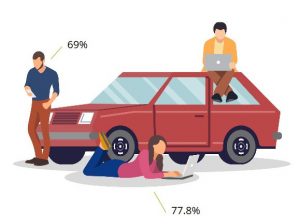
Our automotive report reveals that 69% of men and 77.8% of women buyers are not interested in cars.
For automotive brands, it’s going to be hard work to convert these people therefore, so much easier to build, strengthen and monetise relationships with ‘repeat buyers’ or loyalists who can advocate for the brand and its products.
This is not unique to car brands. As a result, brand community is going to be an increasing necessity as the route to acquisition can be fragmented and hard to analyse.
Brand communities and superfans
In Superfans, Pat Flynn hypothesises that brands can take action to transform a ‘casual’ audience into more engaged loyalists.
He proposes three tiers of 'fandom' which can be categorised as follows:
1. Active audience members or subscribers
This will be approximately 30% of your total audience.
At this stage, these people have taken some sort of action indicating that they like your products or what you have to say. They’re going to start actively paying attention to you now.
2. Connected community
This will be approximately 15%–20% of your total audience.
People are talking to you and they’ve also started to talk to each other and feel a sense of belonging and purpose.
As the leader of a brand, you need to build these group opportunities and community connections.
3. Superfan status
This will be approximately 5% of your total audience.
These are the people creating your highest engagement, best repeat customers, and people spending the most time and money with you are coming from.
The process isn't achieved overnight. Key is having conversations with consumers, keeping track, listening closely, and paying attention to what they say and then reinforce these values.
At Dialogue, we've been lucky enough to nurture various brand communities, most famously the Harley-Davidson fan community. Here's what your brand can learn from this motorcycle fan community.
How to launch and grow a brand community
1. Build on the passion of your audience
Ultimately, at the offset, you need the spark of a fire. Your brand or business has to have some sense of excitement for its users; beauty, fashion, food, sport, music, entertainment etc. naturally attract an audience versus functional products or services.
You’ll be able to naturally judge this through data insight (via Google Analytics and social media channels), purchase patterns and user feedback.
2. Assign budget to manage the community
Core fans don’t necessarily need to be marketed to – the work has already been done – and they definitely don’t want to be ‘sold to’.
A brand community brings multiple benefits and so these fans or aficionados can become brand ambassadors and in turn attract a new audience. Beyond that they can also add real value to any organisation through market research or feedback on all aspects of the brand.
Management of such activity still requires a budget or an internal cost. It’s worth any brand recognising which budget to use for such purposes and how to measure ROI; should the brand community be used for acquisition or retention?
3. Start a conversation
As with social media, regular content and engagement is key to success. The brand should play the role of facilitator and mentor, offering value that adds to the ‘surprise and delight’ of its community.
But this community looks for something different to other more casual audiences: they are looking for and want validation unique to them, so they value sneak peeks, exclusives and one-off experiences.
And you need to work out how to extend the conversation. Says Benji at Disciple Media, ‘You need to find out who your core members are because they’re the ones who produce most of the content and engagement. You need to find them and ensure content isn’t just posted like on social media, but it is the start of a longer conversation. That way you get the opportunity to get your audience to feed back, respond and create content inspired by what you’ve posted.’
4. Create a unique experience and sense of belongingness
In our brand communities report, access to discounts and offers is listed as the most valuable aspect of being part of a community, email as the preferred channel for all three sectors evaluated (automotive, luxury and travel) and there are some subtle differences when split by age, gender and salary, which will vary across sector.
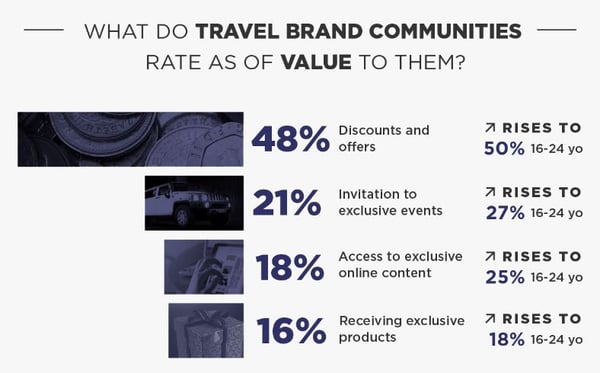
But that’s only a small part of the picture. Yes, you should look to bonus and reward their activities, but as we discussed above, they are looking for ‘validation’ and to be part of the conversation. To feel of value.
In the brand communities report, Dr Charles Seger from the School of Psychology at University of East Anglia states,
"Belongingness is one of our basic human needs. We are motivated to both assert our group identification and our individuality. Brand communities can allow us to fulfil these motives. We know brand communities increase loyalty and that people find it important and meaningful to be part of a brand community. People will stay loyal to brand communities that provide a unique experience, allow us to express our self-concept and engage us with a meaningful community of like- minded individuals."
5. Learn from established brand communities
Brand community has come to be articulated primarily via social media but also through a themed magazine, email CRM, timely blogs and live events – all tools available to marketers today.
But the brands often cited as offering great examples of brand communities don’t necessarily distribute content for their core fans across all platforms, but have honed their attention to one platform where users can congregate thus providing them with a platform and a purpose.
– Sephora runs a (old fashioned) forum where users can ask questions, share ideas, and have their beauty issues solved by others.
– Lego has a dedicated site where users can show off what they’ve built and submit product ideas.
– Starbucks runs a similar (but much more limited) programme.
– Xbox has a forum too.
Find out more about these brand communities in action but note how these communities congregate around one place – if spread across all of social media it would diffuse the community and ongoing interactions.
6. Measurement
A brand community establishes itself via two key elements, the customer lifecycle value and advocacy.
Measuring the effectiveness of a community from a brand’s perspective should include ways of tracking both.
Through our Brand Communities research we can see that the payoff is evident as more than a third (40%) of consumers would be likely to spend more money with a brand if they were a member of a group or a community it had created, 10% of which say they would be very likely to spend more. This is slightly higher at 12% for men.
Split by age, the research shows that 53% of 16-24-year-olds would be likely to spend more, 13% of which would be very likely. This rises to 58% of those aged 25-34, 17% of which would be very likely.
Benefits of brand communities
As an increasingly valuable strategy moving forward, brand communities can offer brands huge benefits particularly in the social space where due to algorithm changes, existing strategies have become costly and complex.
Of course, any community approach needs special attention and a strategic approach to make it work – and shouldn’t be undertaken lightly. Yet, for ‘passion’ brands, the rewards can outstrip the effort.
Find out why a brand community is important now.
If you would like more information, check out our Brand Communities Report below.
Or give these cool blogs a read
See more from the blogMonetising car membership clubs
Dialogue releases its new automotive report, Electric Vehicles: Brand Loyalty and Communications
The best customer retention marketing channels, tools and tactics
Content Marketing Agency of the Year at the CMA Awards
Dialogue creates award-winning multichannel content that inspires, informs and excites your audience. We are a team of marketing specialists in print, online platforms, email communications, magazines, video creation, digital media and more.







